Discover the fascinating world of gut fungi and their role in human health through our new infographic! Learn about their contribution to nutrient production, metabolism, defense against harmful microorganisms and establish healthy gut bacteria.
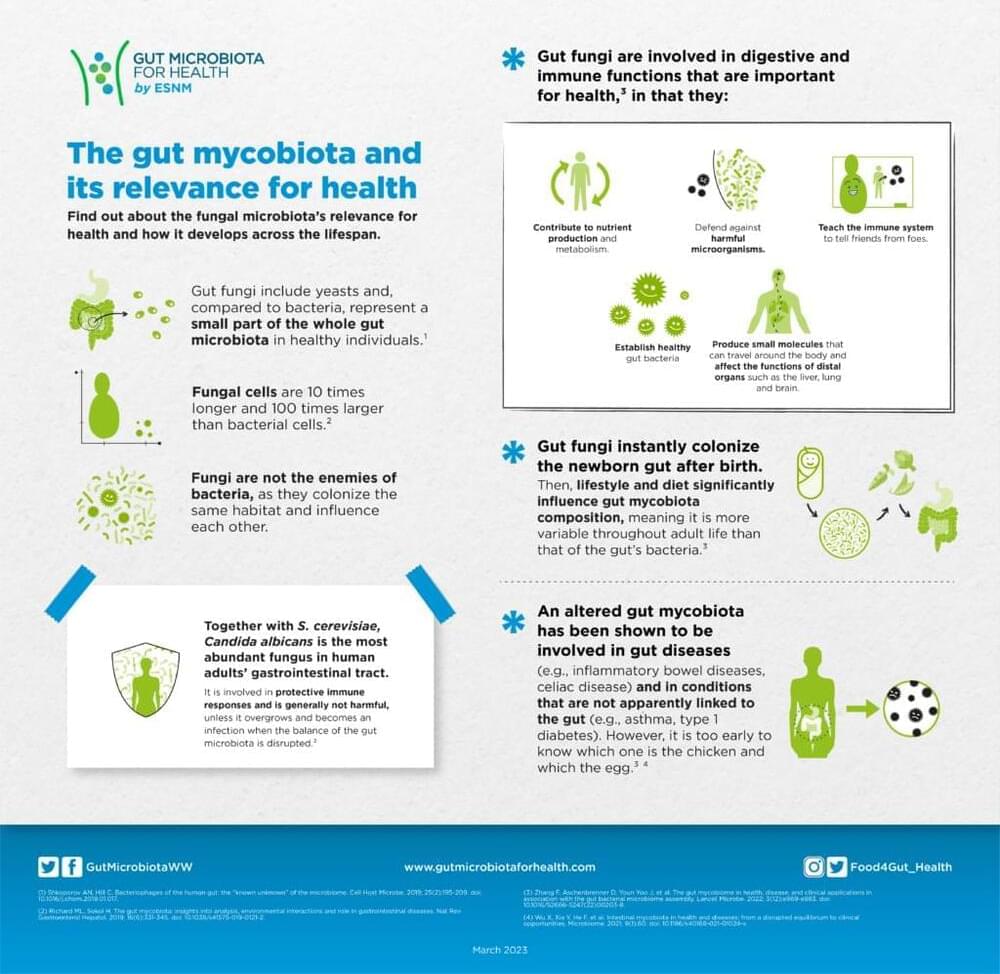

The microbe Akkermansia muciniphila is found in many animals and is a common part of the human gut microbiome; three to five percent of all the microbes found in human stool are A. muciniphila. This bacterium has been found to degrade mucin, a major component of mucus. This can pose a problem for people who are receiving chemotherapy. Higher levels of A. muciniphila have also been linked to an increase in symptoms of nausea during pregnancy. But this microbe may have many important and beneficial impacts too; it has also been connected to a lower risk of metabolic disease, and abnormal levels of the microbe have been associated with immune dysfunction, neurological disease, and other disorders.
There is still a lot to learn about A muciniphila, such as what its genes do. About one-third of its genome encodes for proteins with unknown functions. Scientists have now used molecular techniques to reveal the genes in A. muciniphila that might be related to its growth in the gut, how it uses mucin, and how is related to the production of cholesterol. The findings have been reported in Nature Microbiology.


Vitamin D supplements may reduce the risk of major cardiovascular events such as heart attacks among people aged over 60, finds a clinical trial published by The BMJ.
The researchers stress that the absolute risk difference was small, but say this is the largest trial of its kind to date, and further evaluation is warranted, particularly in people taking statins or other cardiovascular disease drugs.
Cardiovascular disease (CVD) is a general term for conditions affecting the heart or blood vessels and is one of the main causes of death globally. CVD events such as heart attacks and strokes are set to increase as populations continue to age and chronic diseases become more common.
Hot off the Press! Interview on Progressive vs Degenerative Research Programmes with Leslie Allan!
Progressive research programs, like daring astronauts, catapult us into the vast unknown, making bold, untested predictions that stretch the fabric of our comprehension. Degenerative programs, in contrast, linger in well-trodden territories, shoring up existing knowledge with complex embellishments rather than breaking new ground. Yet, like celestial bodies in the cosmic ballet, each performs an essential role in the dance of discovery, together tracing the contours of the ever-expanding sphere of human understanding.
Leslie Allan is a philosopher & humanist — here are some of his papers: https://latrobe.academia.edu/LeslieAllan.
See related blog post:
Many thanks for tuning in!
See my explanation of the spent fuel rods and why if something is not done to get water to the spent fuel rod pools at the Zaporizhzhia Nuclear Plant there will be a catastrophic radiation release that may trigger WWIII. See why Russia and Ukraine are each saying the other is going to blow up the cooling pools and the plant. See what that means for you. Take your preps seriously!
See the Special Deals at My Patriot Supply: www.PrepWithGreg.com.
Outstanding Antioxidant For Your Health: https://shopc60.com/
Use discount code: Greg10 for 10% off.
True Leaf Market brings you a great selection of Non GMO heirloom seed: http://www.pntrac.com/t/TUJGRklGSkJGTU1IS0hCRkpIRk1K
Eden Brothers’ seeds are non-GMO.
https://www.pntra.com/t/SENJRklJS0ZDR05OSUxJQ0dLTktLTw.
Save 1% on GoldBacks from Green Greg’s affiliate link (Use coupon code GreenGregs):
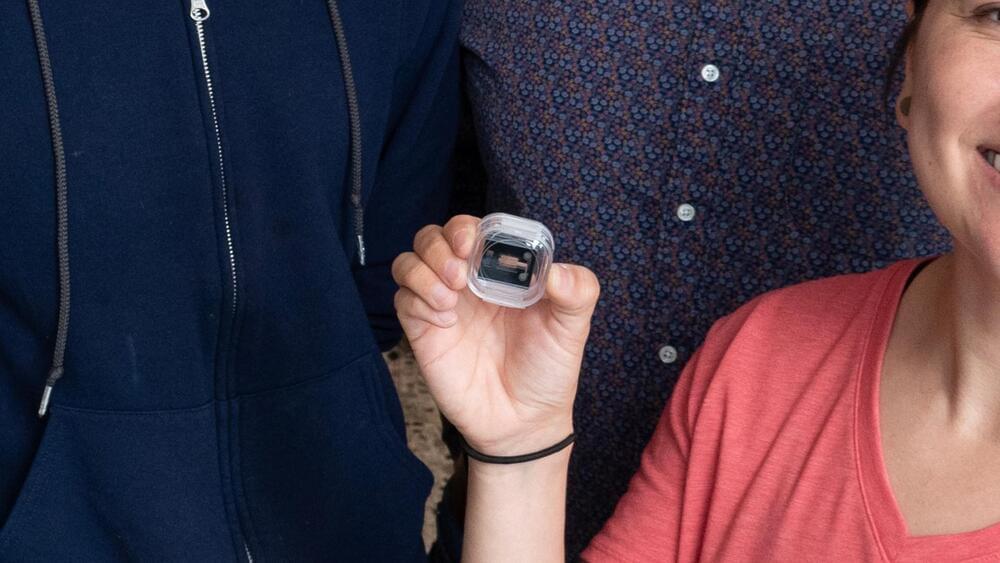
R. Jacobson/NIST
However, traditional atomic clocks are bulky, exhibit frequent instabilities due to various environmental factors, and require calibration. Due to these limitations, technological advancements and the miniaturization of atomic clocks are ongoing to make them more accessible and practical for various applications.
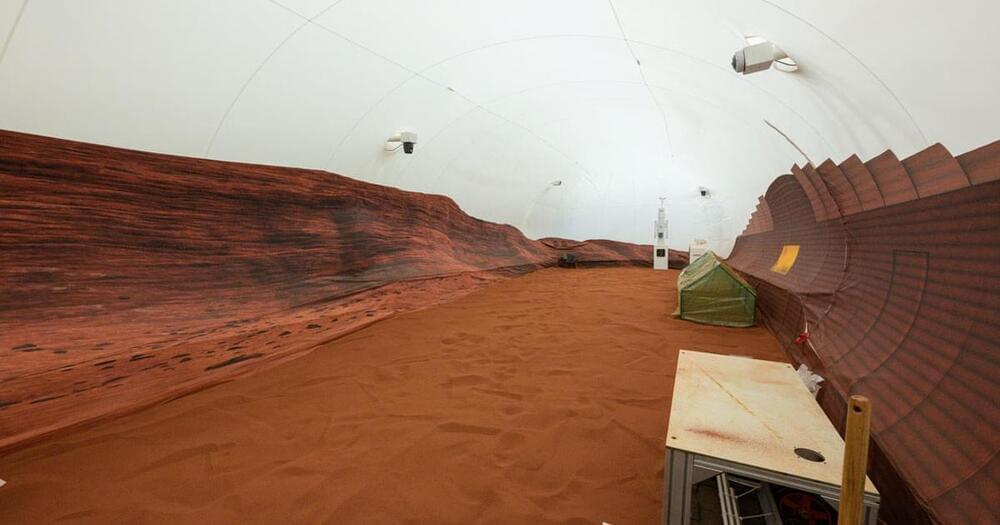
Four individuals have agreed to be sequestered inside a 1,700-square-foot simulated Mars habitat at NASA’s Johnson Space Center to study what it would be like to live on the Red Planet and how humans can learn to cope in that extreme environment.
During their 378-day stay, which officially kicked off earlier this week, they’ll have a surprisingly busy schedule, including a strict exercise regimen as well as a lengthy list of duties, from performing simulated spacewalks to growing crops.
In other words, it’s a demanding job that’s bound to be tough on the crew of four.
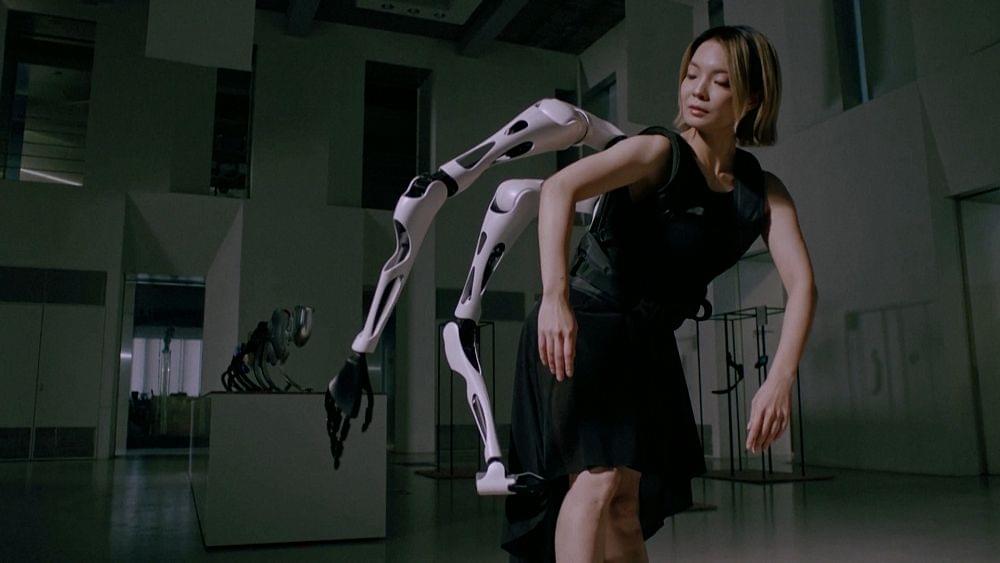
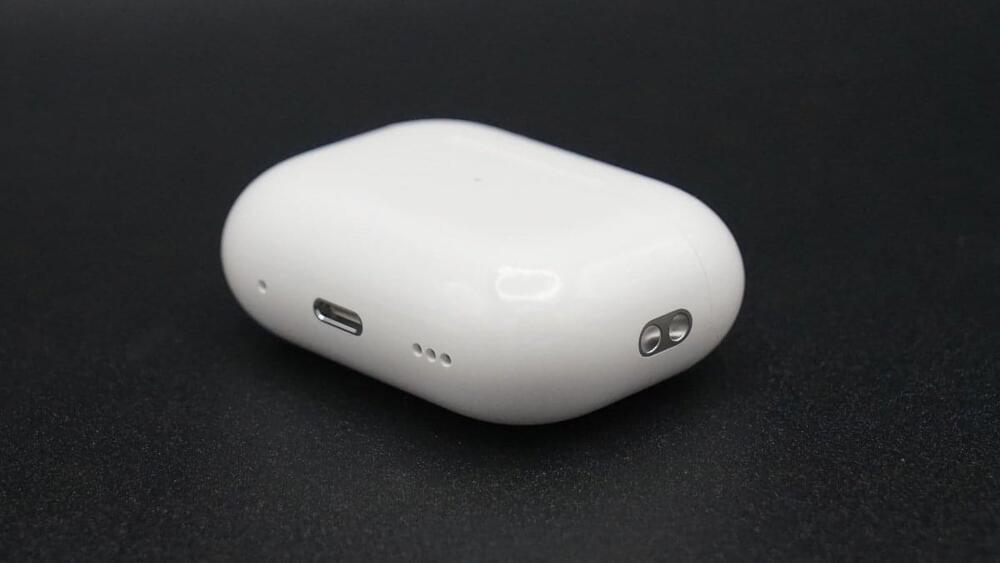
Apple’s next version of the AirPods Pro equipped with USB-C will ship this fall, a report claims, and it may even help users discover hearing problems too.
Apple is rumored to be working on an updated version of the AirPods Pro that could arrive within months. That model is already believed to be using USB-C for its wireless charging case instead of Lightning, but it is thought that it could finally land this fall.
According to Mark Gurman’s “Power On” newsletter for Bloomberg, the AirPods Pro 2 is set to launch in the fall at the same time as the iPhone 15.